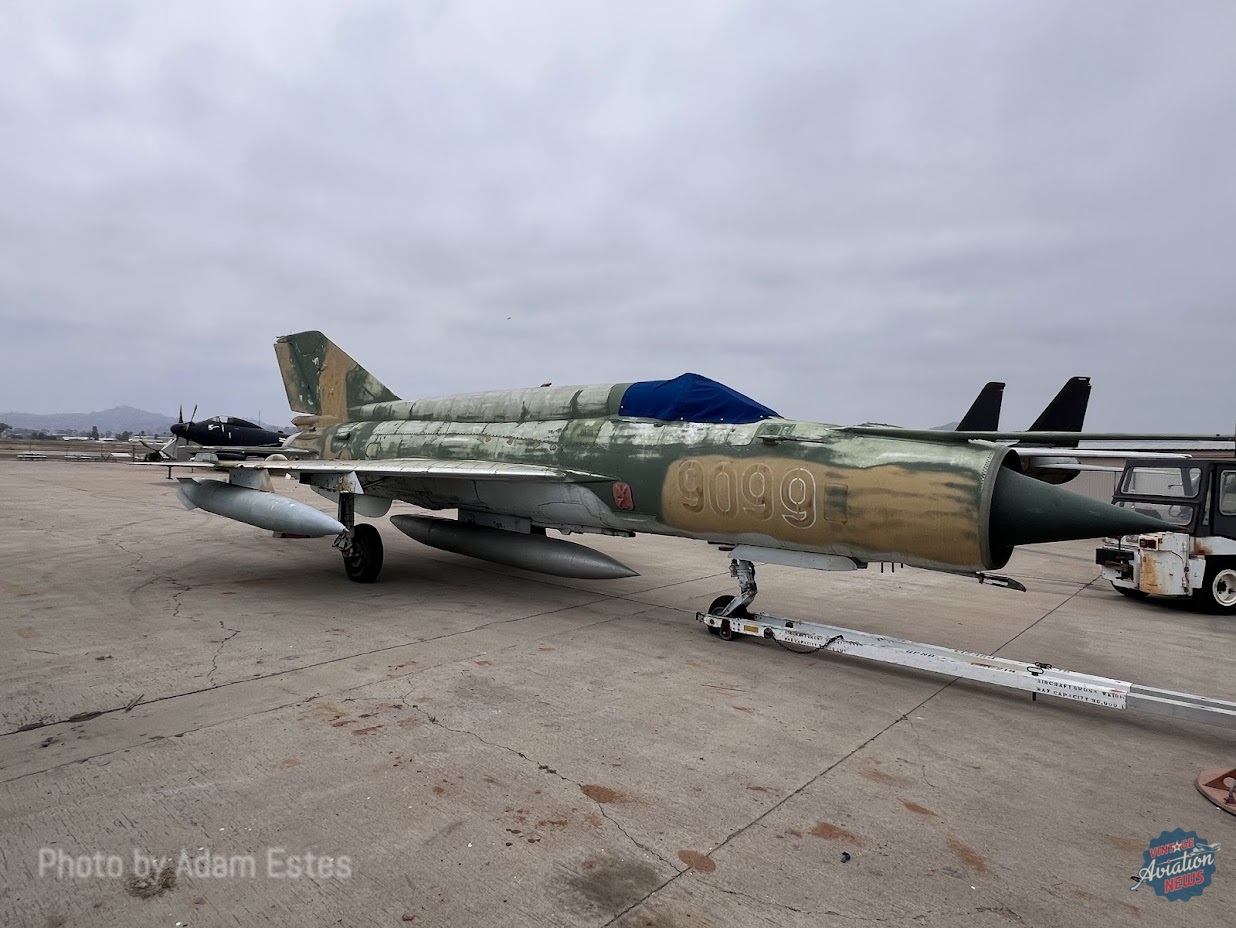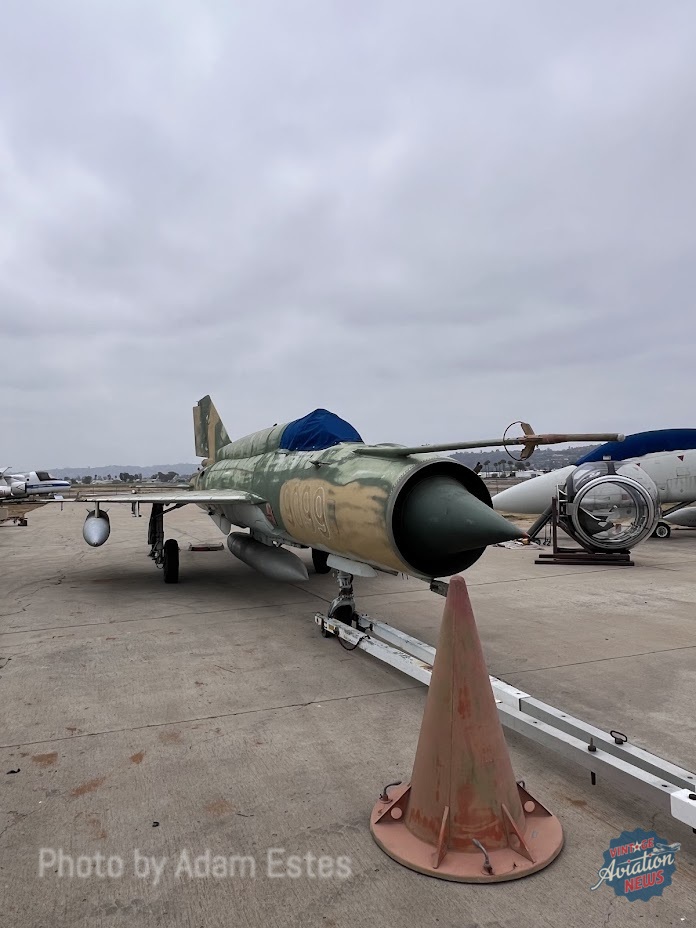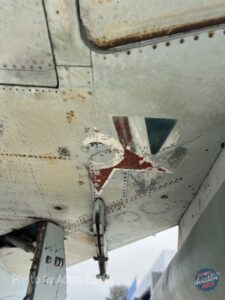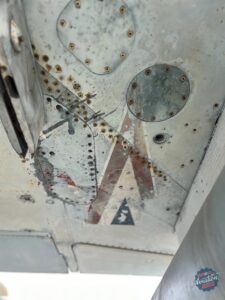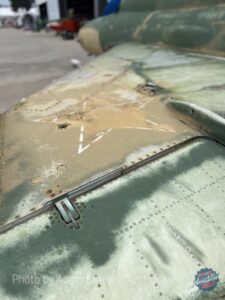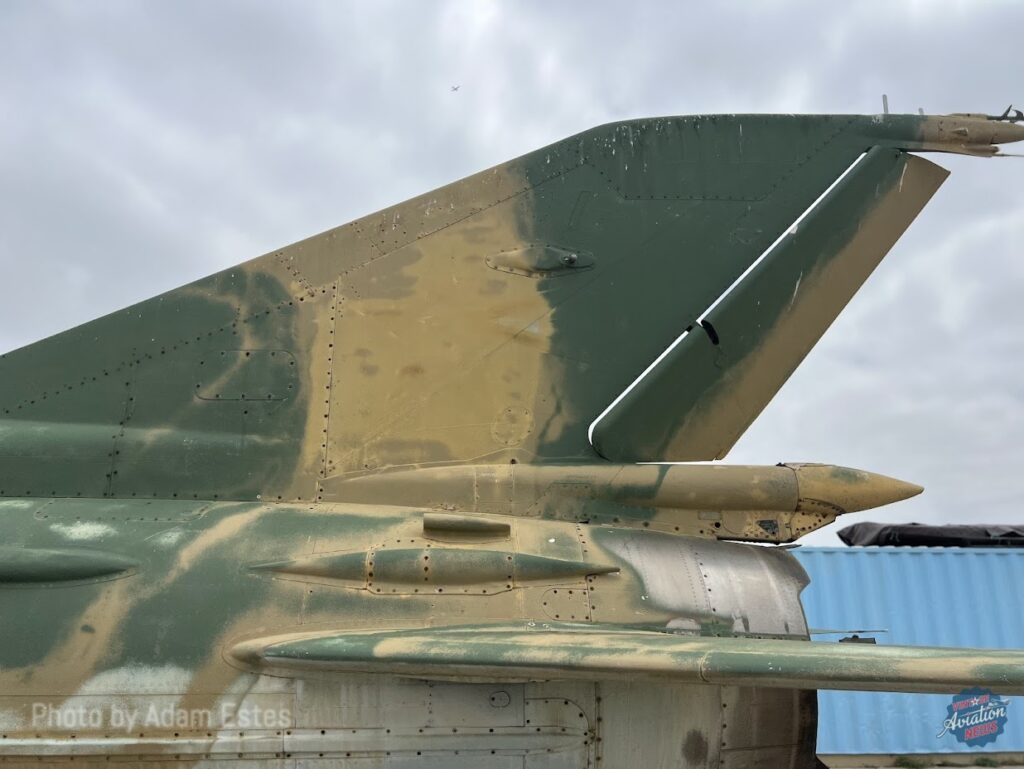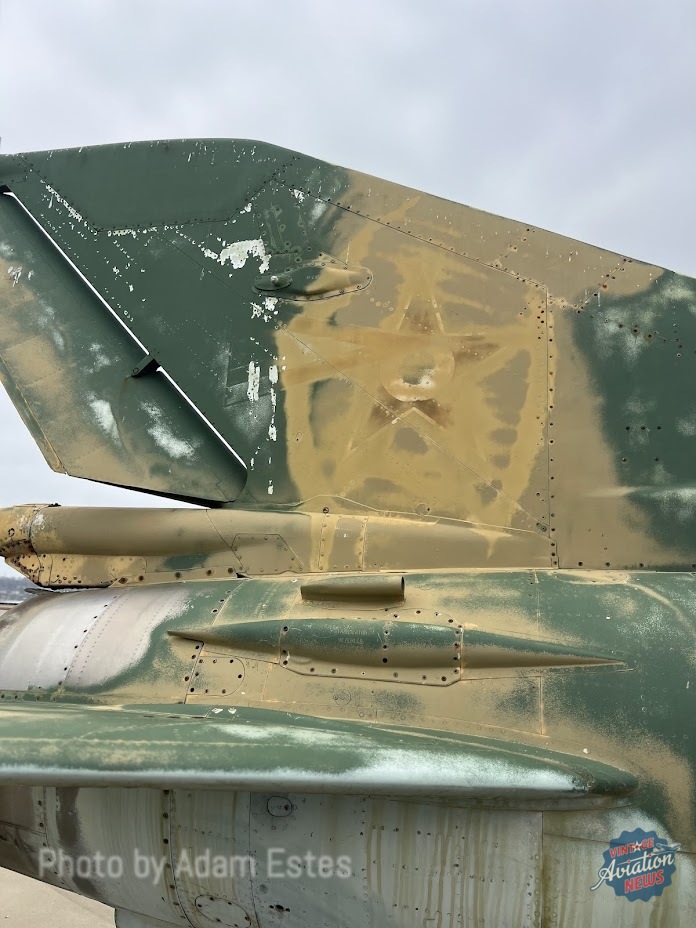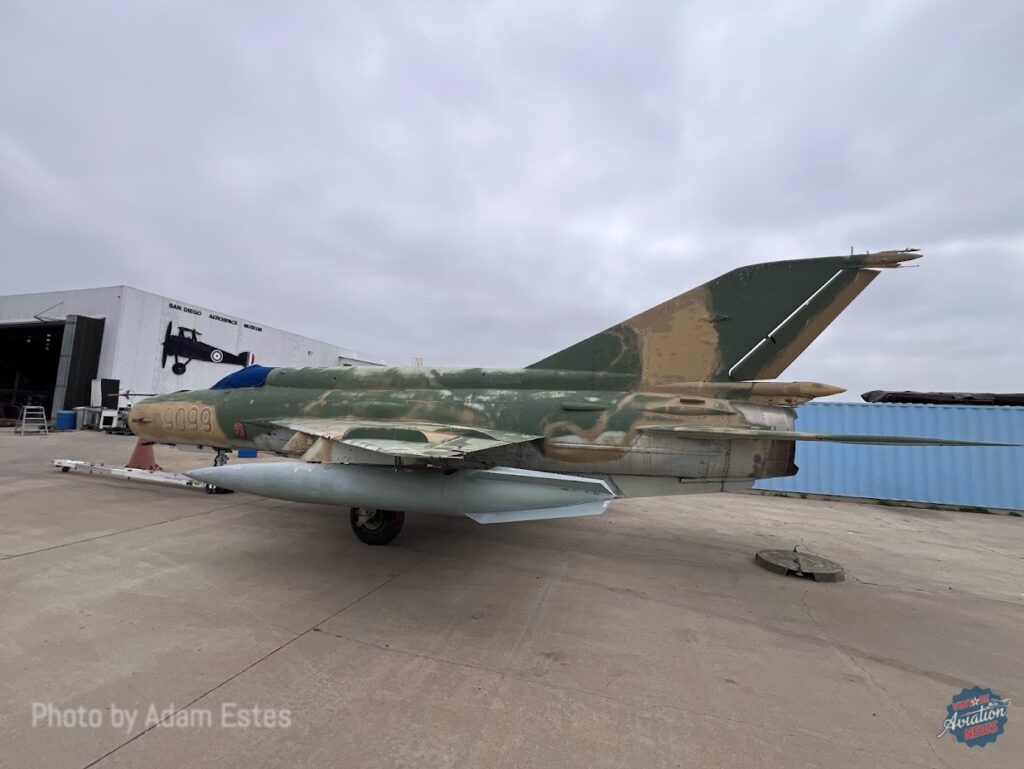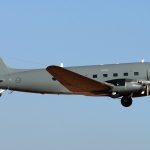By Adam Estes
The Mikoyan-Gurevich MiG-21 is arguably one of the most versatile aircraft of the former Soviet Union. First flown in 1955, the aircraft coded by NATO as the Fishbed carries many additional nicknames, such as, the “Balalaika” in Russia, the “Pencil” in Poland, and the “Silver Swallow” in Vietnam. While it has now been retired by a majority of the countries that once operated them in favor of both newer Russian and Western designs, it remains one of the oldest fighters still in service, albeit as supplements to later models of MiGs and Sukhois in most cases. Several examples are still in service in nations such as Angola, Cuba, Croatia, Egypt, India, Libya, Mozambique, North Korea, and Syria, to name but a few.
The United States would fly against MiG-21s in combat over Vietnam and evaluate several additional examples in various formats. Following the retirement of several examples of MiG-21s, several would find their way into sectors of private ownership. MiG-21s were purchased by private citizens from former communist countries selling surplus equipment. On occasion these private owners would even choose to present them as examples of vintage warbirds, alongside MiG-15s and MiG-17s. MiG-21s brought to America have also found themselves as static displays, often painted in North Vietnamese or Soviet colors despite their Polish, Czech, or Hungarian backgrounds. One such example of a Fishbed on static display is set to be refurbished by the restoration specialists of the San Diego Air and Space Museum’s Gillespie Field Annex in El Cajon, about 13 miles northeast of the main museum facility in downtown San Diego’s Balboa Park.
The example at Gillespie Field is a MiG-21bis Izdeliye 75AP (‘bis’ being derived from a Russian abbreviation for ‘improved model”, Izdeliye meaning “product” in Russian), variant of the MiG-21 classified by NATO as the “Fishbed-L”, which included the RSBN navigation system and upgraded avionics in the cockpit. This particular MiG-21bis was manufactured as construction number 75049099 and was accepted into the Hungarian People’s Army (HPA) (Magyar Néphadsereg, MN) as number 9099. Following the 1956 Uprising that was subdued by Soviet forces, the air force of Hungary was organized as a part of the MN. 9099 was one of the MiG-21s assigned to the 47th Fighter Regiment based at Pápa Air Base, near the town of Pápa, about 73 miles (117 kilometers) from the capital of Budapest. It would be here that 9099 would serve out its operational service, having never fired a shot or missile in aggression.
In 1989, in the midst of the disbanding of the Soviet-aligned communist states of Eastern Europe, the Hungarian People’s Republic was reformed into the Third Hungarian Republic, the modern-day state of Hungary. The following year, in 1990, the HPA was disbanded in favor of the Hungarian Defense Forces, which consists of two branches, the Hungarian Ground Forces (Magyar Szárazföldi Haderő) and the Hungarian Air Force (Magyar Légierő, HuAF). The change in government and military structure also led to the redesign of the HuAF roundel from the Soviet-style star to the modern chevron pattern with the colors of the Hungarian flag. This insignia is in fact a re-adaptation of the pre-WWII Royal Hungarian Air Force insignia applied to aircraft in Hungarian service up to 1941.
Furthermore, 1992 would see the reformation of the 47th Fighter Regiment as the 47th Pápa Tactical Regiment, with MiG-21 9099 remaining in service with the 47th now sporting the chevrons of the new Hungarian state. The aircraft remained in service even as Hungary, alongside Poland and the Czech Republic, joined NATO, but by this point, the HuAF was retiring their old stock and in 2001. 9099 was among the last MiG-21s to be retired from service in the Hungarian Air Force. The 47th Pápa Tactical Fighter Regiment would itself be disbanded in the same year. Today, Pápa Air Base remains in use as one of Hungary’s three active air bases and is now host to a complement of Boeing C-17 Globemaster IIIs of the Strategic Airlift Capability (SAC) initiative, which provides strategic and tactical airlift capabilities to Bulgaria, Estonia, Finland, Hungary, Lithuania, the Netherlands, Norway, Poland, Romania, Slovenia, Sweden, and the United States.
Shortly after its retirement, MiG-21 9099 was purchased by the President of Advanced Aviation Inc, Connie Cole-Redick, who donated the aircraft to the San Diego Air and Space Museum. Since then, the aircraft has been displayed outdoors at the Gillespie Field Annex. However, this has led to corrosion and fading of the paint. With the completion of several other restoration and reproduction projects, the restoration specialists and volunteers at Gillespie Field are now preparing to begin a static restoration on the old MiG.
Currently, the faded markings of both Communist and post-communist roundels are present on the surfaces of the aircraft, namely the vertical stabilizer and the wings. The plan is to restore the MiG with the HPA roundels on one side and the modern HuAF chevrons on the other side. No doubt this will come as a unique way to pay homage to the aircraft’s status as both a symbol of the Eastern Bloc’s hold in Eastern Europe and the post-Cold War transition era.







